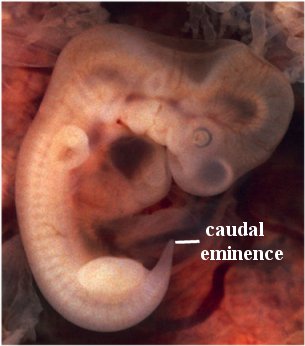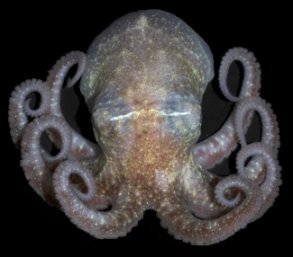
(public domain image)
This concept is often employed when studying the development of embryos. Because of the fraudulent work of Ernst Haeckel, evolutionists have long promoted the myth that an embryo will produce vestiges of its evolutionary history as it develops. Once again, this is mostly the result of ignorance. Embryonic development is rather difficult to study, so we often observe things that we don’t understand. When these things superficially resemble something that supposedly developed in the evolutionary history of the organism that is being studied, it is often pointed to as some vestige of evolution.
For example, in Why Evolution is True, Dr. Jerry Coyne tries to make the case that the human embryo is covered in a fine coat of lanugo hair simply because it is a part of the evolutionary heritage of humans. He says that there is no reason for a human embryo to be covered with hair, but it happens because humans evolved from an ape-like ancestor that was covered in hair. The coat of hair is simply a leftover vestige from that part of the human evolutionary lineage. As I have already pointed out, this is utterly false. In fact, the fine coat of hair that human embryos have is incredibly important to their development, and the idea that it is a leftover vestige of evolution is just a result of ignorance when it comes to human embryonic development.
Well, in a Facebook group discussion I recently had, the conversation turned to the supposed “tail” that human embryos have early in their development. This is a popular myth, but it is utterly false, and I thought I would post this so that others would benefit from a modern scientific analysis of this important embryonic structure. As you can see in the photograph of a human embryo above, there is a structure (pointed out in the figure) that resembles a tail. The structure eventually goes away, but it is a rather striking part of the embryo while it is present. Evolutionists have long taught that this is a leftover vestige of when our ancestors had tails,1 but we now know that such an idea is simply 100% false.










